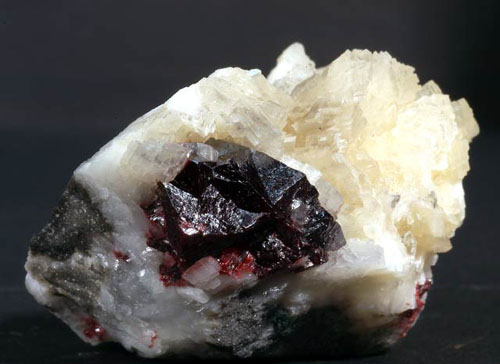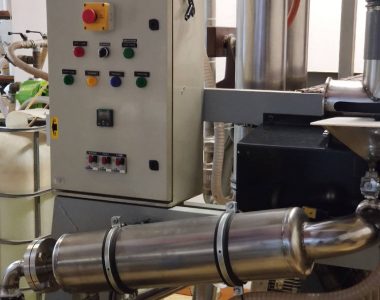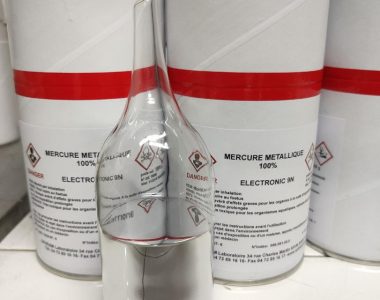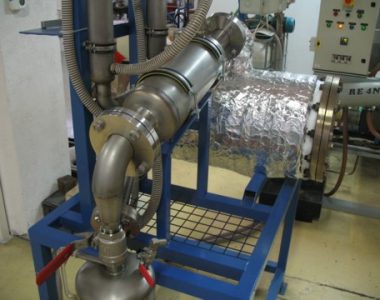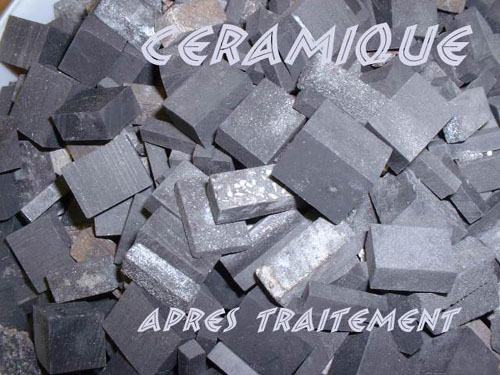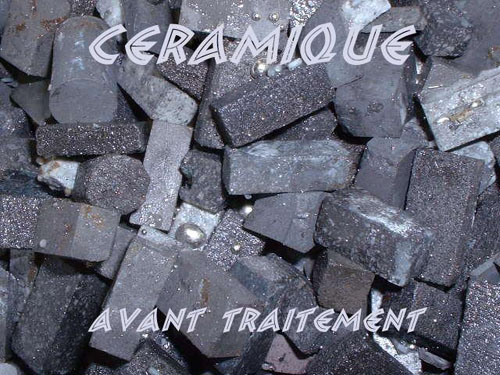One of the biggest mines in the world (Almaden in Spain) has virtually ceased operations as the increasingly common recycling of mercury in a falling market is making primary extraction somewhat redundant. World production has been steadily falling since the mid-eighties.
Mercury comes from an ore called cinnabar, which is in fact a sulphide of mercury (HgS) .

